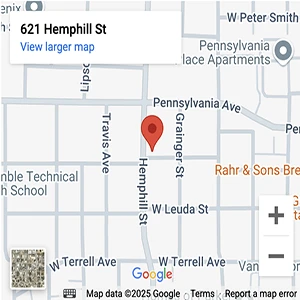How Often Does Sleep Apnea Cause Truck Accidents?
Truckers are especially prone to drowsy driving due to their long hours and monotonous routes. In an attempt to reduce the risk of catastrophic truck crashes, the Federal Motor Carrier Safety Administration limits how long commercial drivers can travel without stopping to rest.

Although the Hours of Service regulations are fairly reasonable for the average driver, they have no effect on preventing the drowsiness that results from untreated sleep apnea. This condition is a serious sleep disorder that affects people from all walks of life—including truckers.
According to the Harvard T.H. Chan School of Public Health, commercial drivers who do not follow their treatment plan for obstructive sleep apnea (OSA) are five times more likely to cause a preventable collision than truckers without the condition. Researchers estimate that up to 20 percent of accidents involving 18-wheelers are the result of drowsy driving. Considering OSA is the leading cause daytime fatigue, it is natural to assume it plays a role in many of these collisions.
Unfortunately, there are no mandatory OSA screenings for commercial drivers. If the industry was to implement both screening and treatment requirements, though, the number of preventable truck crashes would likely decline.
If you were hurt in a collision with an 18-wheeler, you may be entitled to compensation for the damages you have incurred. Turn to the Cooper Law Firm to discuss your case with a compassionate truck accident attorney in Tyler.
Attorney N. Eric Cooper will gather medical records, interview witnesses, and negotiate with the insurance adjuster on your behalf. Call 903-297-0037 to schedule a free case evaluation.
What Are the Signs and Symptoms of OSA?
According to the Mayo Clinic, obstructive sleep apnea is the most common kind of sleep apnea. OSA occurs when the throat muscles relax to the point that they block the airway. Signs and symptoms of the condition include:
- Snoring;
- Excessive daytime fatigue;
- Waking up abruptly to gasping or choking;
- Headaches in the mornings;
- Sore throat and dry mouth in the mornings;
- Low libido;
- Night sweats;
- Mood changes; and
- High blood pressure.
How Do You Treat OSA?
The most effective treatment for OSA will depend on the severity of the condition. For example, many patients experience an improvement in their condition simply by making minor lifestyle changes. This might include losing excess weight, exercising regularly, and quitting smoking.
For moderate cases of obstructive sleep apnea, medical intervention may be necessary. Possible treatment approaches include wearing a mouthpiece or using a continuous positive airway pressure (CPAP) machine.
In severe cases of OSA, surgery may be the most effective and lasting treatment modality. Doctors might recommend the surgical removal of throat tissue or the surgical readjustment of the upper and lower jaws.
Unfortunately, even if you have OSA and follow all recommended treatments to avoid drowsy driving, you cannot rely on other motorists and commercial drivers to do the same. If you were hurt in a collision with a drowsy driver, contact the Cooper Law Firm today.
Call 903-297-0037 to schedule a free consultation with a truck accident lawyer in Tyler. If you want to learn more about truck crashes in Texas, visit the USAttorneys website.









